There are no dangers of fertiliser runoffs that contaminate natural water bodies and adversely impact human health and environment. Also, miniscule amounts of nano fertilisers give maximum impact, making these a much better an option than the chemical ones.
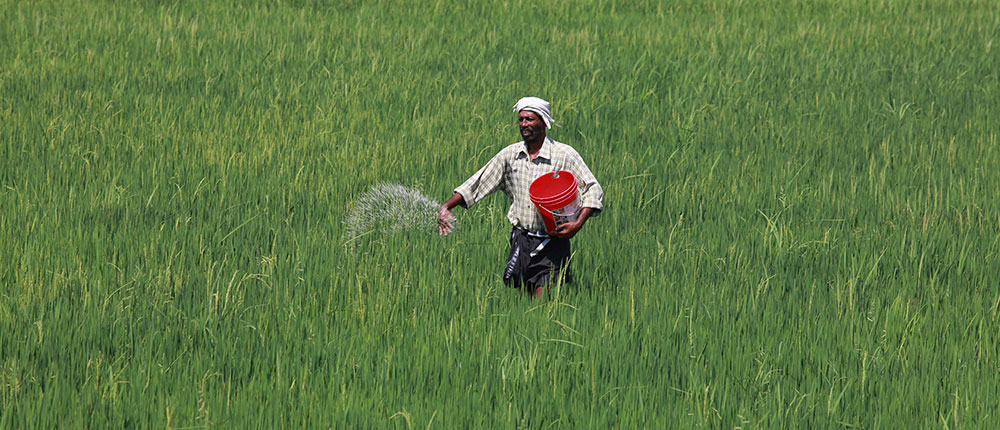
At the Third International Conference on 'Nanobiotechnology for Agriculture: Translational Research for Future Food and Agriculture Technologies', Dr Suchita Ninawe, Adviser, Department of Biotechnology, Govt. of India, had said that that research in nanobiotechnology should lead to products and technologies.
The TERI-Deakin Nanobiotechnology Centre (TDNBC), inaugurated in 2017 by Prime Minister Narendra Modi and Australian PM Malcom Turnbull, has recently developed two nano fertiliser products that have the potential to emerge as significant disruptive technologies in the field of Indian agriculture. Dr Alok Adholeya, Senior Director, Sustainable Agriculture, TERI and Director, TDNBC, told us in detail about these two products and what makes them a game changer.
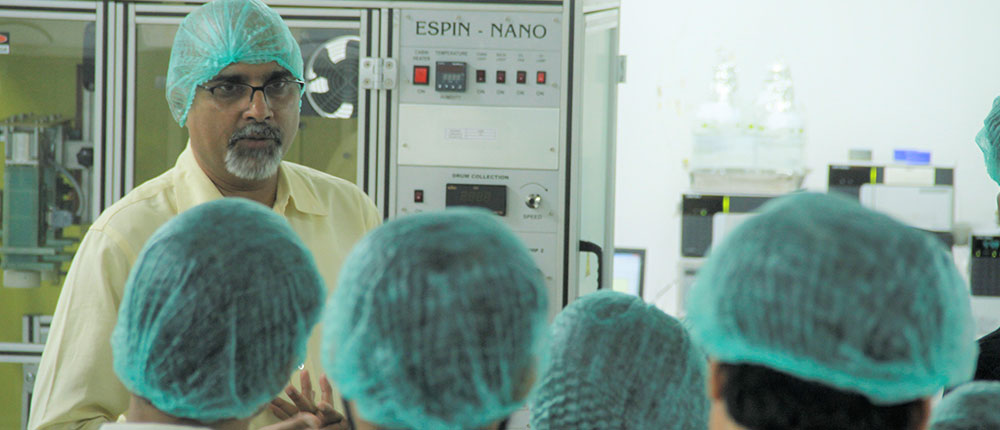
What are nano fertilisers?
TERI’s Nano fertilisers are biologically synthesised from waste and natural mineral materials using indigenous microbial resources. As they are made from natural materials, they do not have the toxic side effects of chemical fertilisers.
The TERI-Deakin Nanobiotechnology Centre (TDNBC) has produced these fertilisers at its centre in Gurugram. These products contain efficiently stabilised essential nutrients in nanostructured form (size range of 50-100 nm) that provides higher use efficiency and slow release in nature. They deliver the nanonutrients directly into the germinating seed or leaf system and hence need to be applied in very small quantities as compared to chemical fertilisers.
You have mentioned earlier that nano fertilisers can be a disruptive technology? Please explain why?
The nanonutrients are required in quantities of just a few grams per acre as compared to chemical fertilisers that are required in kilograms per acre. Further, being biologically produced, there is no harmful effect to the environment and to human health. This can completely change the way fertilisers have been traditionally perceived and used. No dangers of fertiliser runoffs that contaminate natural water bodies and adversely impact human health and environment and the scale of efficacy from use in miniscule amounts make it a disruptive technology.
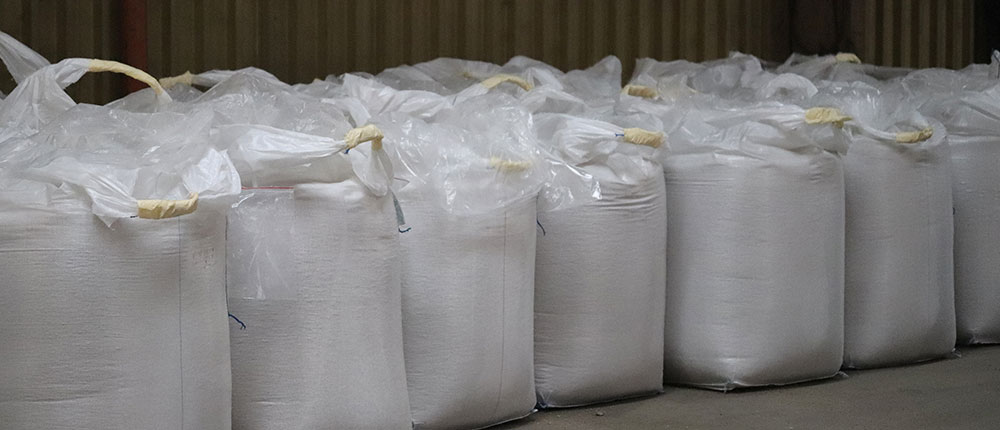
Please tell us more about the safety aspects of this product?
We have actually tested these products on human blood cells and human cell line for kidney. We investigated effects such as damage to cell surface, damage to DNA and damage to vital compartments of the cell. The value for the parameter that adjudges toxicity to human cells was not attained even at a very strong dose as high as 1000 PPM.
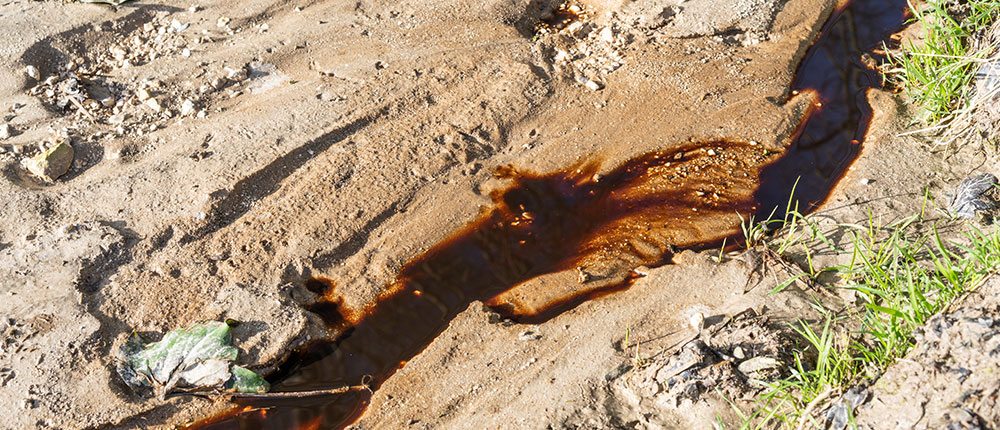
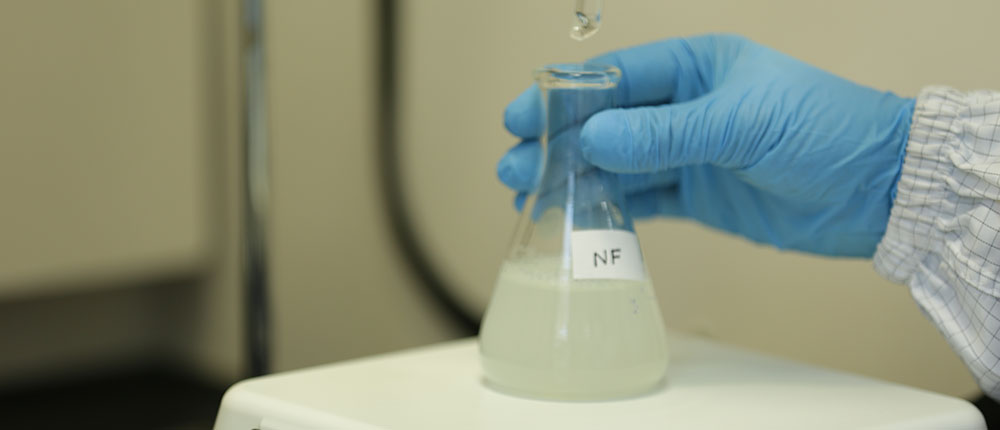
The products were also tested for effects on other organisms present in human environment. Soil bacteria, algae, insects and plants were exposed to various concentrations of our nanobiofertilisers by using internationally accepted guidelines of the Organisation for Economic Co-operation and Development (OECD). No adverse effect on the morphology and function was seen in these investigations.
What about the economics of nano biofertilisers? Would they be cost effective for the average farmer?
We have developed a few products – Nano phosphorus, Nano zinc iron, magnesium, sulphur, boron and molybdenum. Under the performance and efficacy evaluation the cost of the developed nanofertilizers is comparable to respective chemical fertilizer counterpart.
